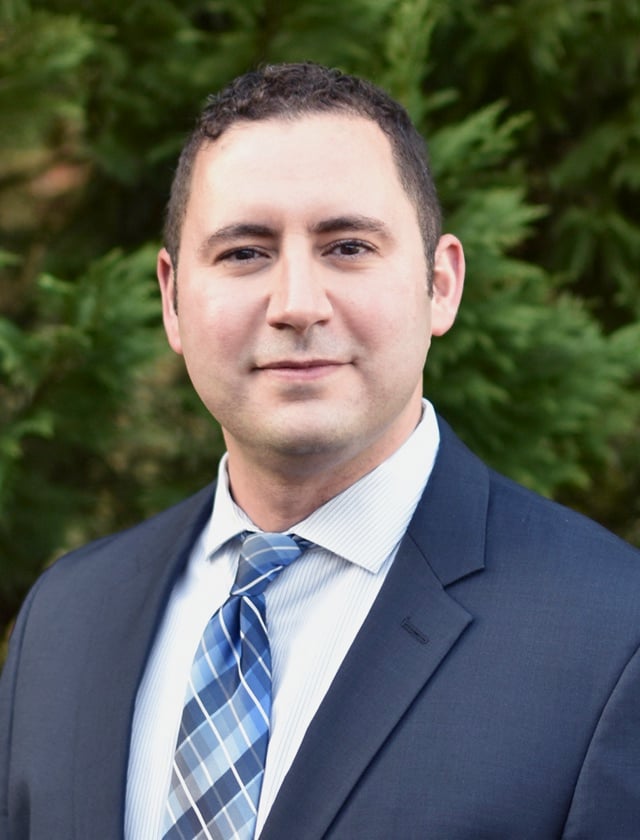The Breast Center of New Jersey brings together world-renowned specialists across breast cancer prevention, diagnosis, and treatment disciplines to simplify, streamline, and improve access to life-changing care.
Breast Cancer

Types of Breast Cancer
Carcinoma in Situ
Carcinoma in situ is an early form of breast cancer where abnormal cells are still contained in the milk ducts or lobules of the breast tissue. Though not life-threatening, it increases the risk of developing invasive breast cancer, so getting frequent screening and considering preventative treatment is important.
Invasive Breast Cancers
Invasive breast cancers occur when abnormal cancer cells spread from inside the milk ducts or lobules to invade the surrounding healthy breast and even lymph tissue. How quickly they grow and spread depends on the type - some are slow while others are more aggressive, but all invasive cancers can metastasize elsewhere if untreated. Catching and treating these cancers early is key.
Inflammatory Breast Cancer
Inflammatory breast cancer is rare and aggressive, with cancer cells blocking lymph vessels and causing skin inflammation. The breast may become firm, red, or warm. Because it spreads and progresses quickly, it is important to catch warning signs and see an oncologist promptly for diagnosis and specialty treatment.
Recurrent Cancer
Recurrent cancer refers to breast cancer that returns after initial treatment and a period of remission - locally in the same area, regionally in nearby lymph nodes, or distantly in organs like the bones, brain, or liver. While disheartening, many newer therapies help extend life and well-being, and continuing follow-up care is crucial for monitoring and managing recurrence.
Stages
Stage 1 Breast Cancer

Stage 1 breast cancer means the primary tumor is still relatively small, usually less than 2 centimeters, and has not grown beyond the breast tissue or underarm lymph nodes. Often there are no noticeable symptoms other than an irregular lump detected via self-exam or imaging. With early detection, the 5-year survival rate is close to 100%. Necessary procedures often include surgery (lumpectomy or mastectomy) and possibly radiation, but typically not chemotherapy. Continued follow-up appointments and mammograms are common for ongoing monitoring. Overall the prognosis is good with appropriate treatment.
Stage 2 Breast Cancer

In Stage 2 breast cancer, the tumor is larger, from 2-5 centimeters, and/or the cancer has spread to a few nearby lymph nodes under the arm or around the collarbone. Some symptoms like a painless lump or nipple changes may occur. Along with surgery to remove the tumor and affected lymph nodes, a combination of radiation, chemotherapy, or hormone therapy is typically used. 5-year survival rates are still favorable, around 93%, especially if diagnosed early within Stage 2. Care from an oncologist is recommended, along with ongoing imaging for monitoring.
Stage 3 Breast Cancer

Stage 3 cancers are more advanced locally, with tumors over 5 centimeters and/or further lymph node involvement. Nearby tissue like skin or muscle may show evidence of invasion. Symptoms often include an enlarged, hard lump, skin irritation/dimpling, swelling under the arm, or nipple changes. Surgery is still common, along with various aggressive treatments like extensive lymph node removal, high-dose chemotherapy, hormone therapy, or radiation targeting a wide area. Combination treatments are often lengthy but can still achieve remission. 5-year survival rates are less favorable, around 72%, highlighting the importance of experienced oncologic care.
Stage 4 Breast Cancer

Stage 4 means the cancer has metastasized or spread widely to distant sites beyond the breast and nearby lymph nodes, most often the bones, liver, lungs, or brain. Bone pain, jaundice, coughing, or headaches may be noted depending on metastasis locations. Treatment focuses on extending life and controlling symptoms via chemotherapy, hormone or targeted drug therapies, and radiation to affected areas. The 5-year survival rate drops to around 22%, though it depends greatly on the metastasis extent, so ongoing specialist care and participation in clinical trials can be very beneficial. Appropriate support services also help enhance quality of life.
Risk Factors
The more risk factors a woman has, the more vigilant she should be about routine self-exams, mammograms, and other screening for breast cancer. But it's important to note over 50% of those who develop breast cancer have no apparent risk factors. Some of the main risk factors for developing breast cancer include:
- Gender: Simply being a woman is a major risk factor. Men can also get breast cancer, but it is about 100 times more common in women.
- Age: The breast cancer risk increases as a woman gets older. The majority of breast cancers are diagnosed after age 50.
- Genetics: Inherited genetic mutations like BRCA1 and BRCA2 greatly increase risk. A family history of breast or ovarian cancer is another indicator.
- Reproductive history: Early menstrual periods before age 12 and late menopause after 55 due to more lifetime estrogen exposure. Never being pregnant, having a first child after 35, and not breastfeeding also raise risk.
- Lifestyle: Lack of exercise, obesity, smoking, excessive alcohol intake, and use of some hormonal contraceptives/therapies also increase breast cancer likelihood.
- Dense breast tissue: Having more dense, fibrous tissue and less fatty tissue can make it harder to detect tumors on mammograms.
- Previous health conditions: Women diagnosed with certain benign breast conditions may have slightly higher rates of developing breast cancer.
- Hormone use: Taking hormones to ease menopause symptoms may increase breast cancer risk, especially combined with estrogen-progestin hormone replacement therapy (HRT). Risk depends on many factors, including hormone type, duration of use, age, and individual health factors.
Diagnosis
Receiving a breast cancer diagnosis can be extremely overwhelming, but support services are available every step of the way. Being informed and asking questions is a powerful tool to guide you through this journey and regain a sense of control. The breast cancer diagnosis process typically involves the following:
Initial Exam & Imaging Tests
If symptoms are present or a lump is felt, a physician will perform a physical breast exam and may order imaging tests - most commonly a digital mammogram, and sometimes ultrasound or MRI to get a closer look at the area of concern. These tests are meant to be standard procedures, though it's normal to feel anxious or nervous about the results.
Biopsy Procedure
If imaging shows an abnormality that requires further investigation, a minor surgical biopsy is typically the next step to extract cells or fluid to analyze. Common methods include fine needle aspiration, core needle biopsy, vacuum-assisted biopsy, or surgical biopsy. The procedure may cause brief discomfort and bruising.
Diagnosis & Pathology Results
A pathologist examines biopsy samples under a microscope to determine if cancer is present and classify specifics like type, grade, hormone status, etc. Diagnosis and results typically take 5-7 business days. Support staff can help inform patients and explain the details. Seeking emotional support may be very beneficial during this time.
Benign Breast Conditions Follow-up
If results determine benign cysts or other non-cancerous changes, patients may need short-term follow-ups but can typically resume normal screening. Risk factors may necessitate more vigilant monitoring.
Breast Cancer Follow-up & Treatment Planning
An oncologist designs an individualized treatment plan based on cancer specifics, personal preferences, and health history. Additional scans can determine if/where cancer has spread to inform treatment scope. Counseling, peer support groups, and second opinions are extremely helpful during this process. Communication with one's care team is so important for clarifying options. Most patients begin treatment 1-2 months post-diagnosis for best outcomes.
When to See a Doctor
Any noticeable breast changes should prompt a visit to your doctor for evaluation. Though many lumps or symptoms end up being benign, it is always best to seek professional assessment rather than ignore warning signs.
Specifically, make an appointment to see your healthcare provider right away if you notice a new lump in or near the breast, under the arm, or around the collarbone region. Lumps may be painless and easy to overlook, so careful monthly self-exams are recommended. Any persistent thickening, swelling, distortion, tenderness, skin irritation, scaliness, nipple changes, discharge other than breast milk, or suspicious spots seen on breast imaging also warrant medical follow-up. Inform your doctor of any family history as well so appropriate age-based screenings can take place. Clinical guidelines currently recommend that women at average risk start receiving annual mammograms at age 40.
While any of the above findings spark understandable anxiety, try to remember that the majority of breast changes are non-cancerous. Making prompt appointments leads to accurate diagnoses and better outcomes. Be transparent with your doctor about all symptoms and concerns so they can determine appropriate next steps, which may include imaging, referrals, or biopsy. If cancer is confirmed, early intervention with today's highly effective treatments provides the best chances for remission and beyond.
Contact Us Today
Breast Cancer Treatment Options
The best treatment plan depends on the patient's specific cancer and personal preferences. Breast cancer treatment may involve a combination of surgical and non-surgical options.
Non-Surgical Treatments
Chemotherapy
Uses cytotoxic drugs to kill cancer cells. May be given before or after surgery, depending on prognosis and sensitivity.
Radiation
High-energy X-rays kill remaining cancer cells post-surgery. External beam radiation aims at the whole breast. Brachytherapy inserts radioactive seeds directly into the cavity.
Hormone Therapy
Blocks estrogen production or receptors in hormone-positive cancers. Administered via medication over several years.
Targeted Drugs
Includes specialized drugs designed to precisely identify and attack cancer cells while causing less harm to healthy cells.
Surgical Treatments
Lumpectomy
Removes only the tumor and some surrounding tissue. Often followed by radiation therapy. Less invasive than mastectomy.
Mastectomy
Removes the entire breast. There are several types:
- Simple/total mastectomy - Removes breast tissue, nipple, and sometimes lymph nodes.
- Skin-sparing mastectomy - Preserves as much breast skin as possible.
- Nipple-sparing mastectomy – Preserves the skin and nipple-areola complex, which includes the nipple and the surrounding pigmented skin.
- Double mastectomy - Removes both breasts. May be done as a preventative measure, and it can also be done using any of the previous methods (simple, skin-sparing, or nipple-sparing).
Lymph Node Removal
Sentinel node biopsy and axillary lymph node dissection remove lymph nodes that may contain cancerous cells. Important for staging.
Breast Reconstruction
Restores breast shape after tissue removal. Can be immediate or delayed. Implants or patient tissue provide options.
Contact Us Today
Our Doctors
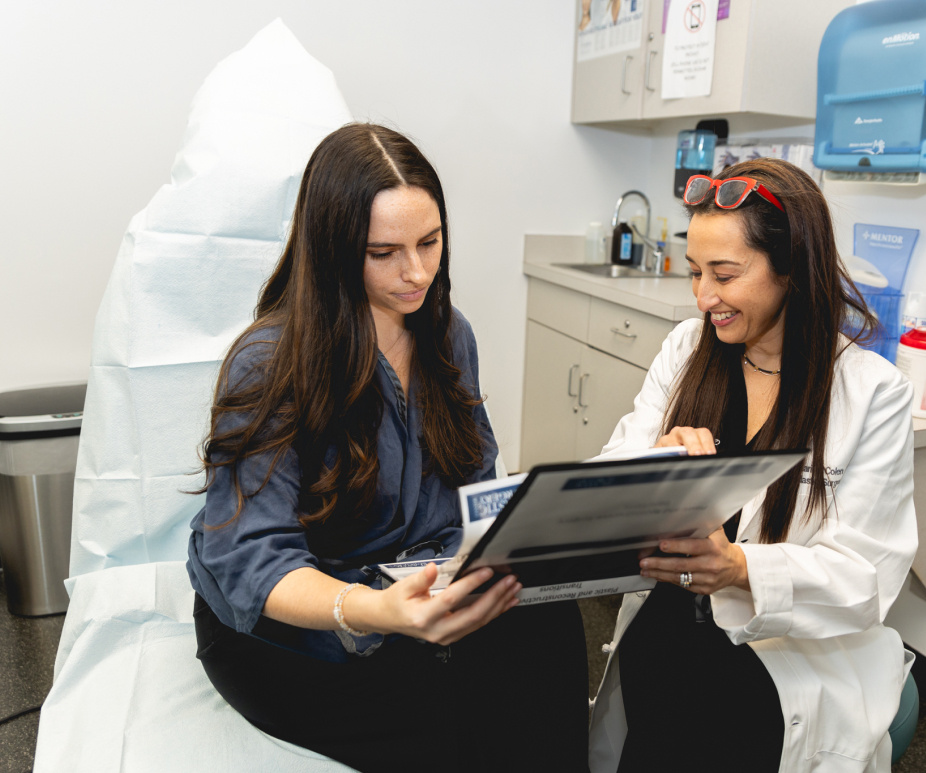
Am I a Candidate for Breast Cancer Treatment?
If you've received a breast cancer diagnosis, or have concerning symptoms your physician recommends investigating further, make an appointment with one of our skilled breast cancer specialists to start your healing journey.

%201.svg)
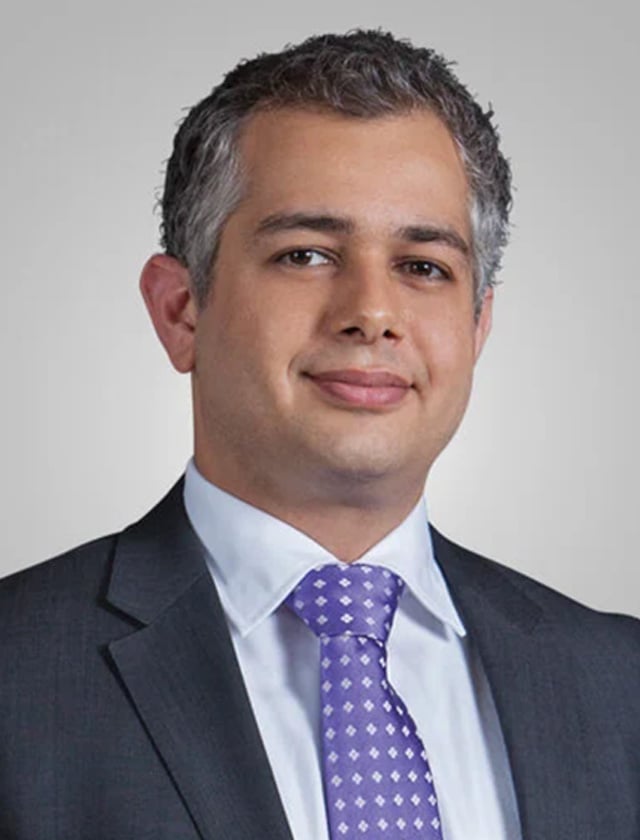




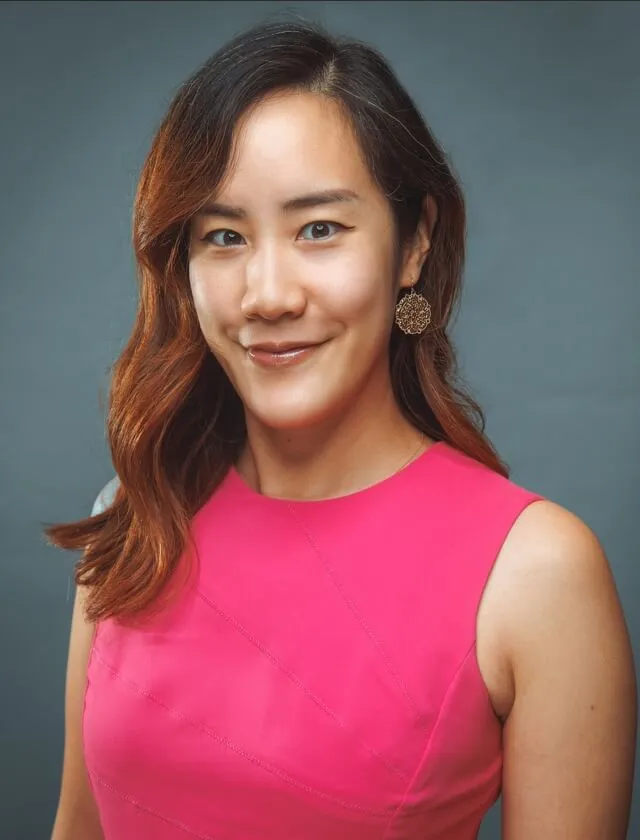
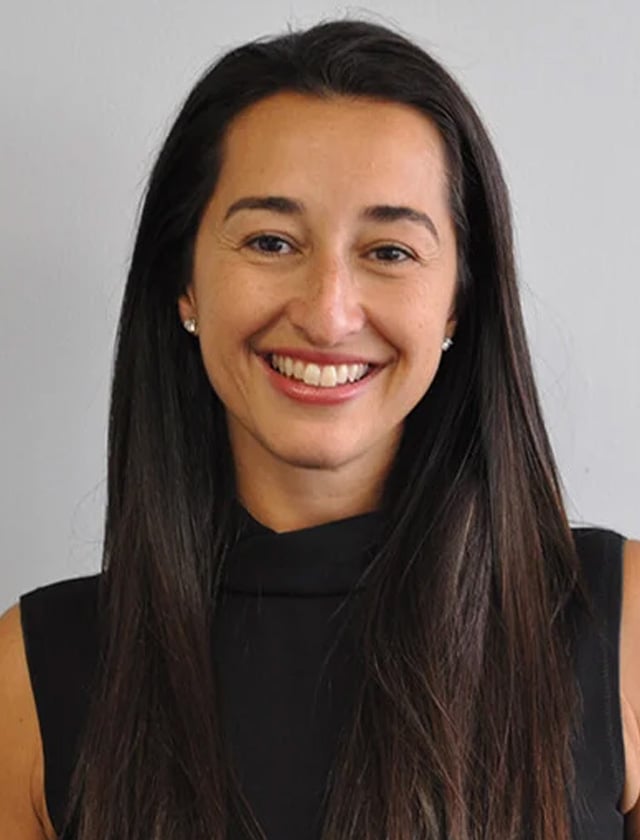
-min.png)
.webp)
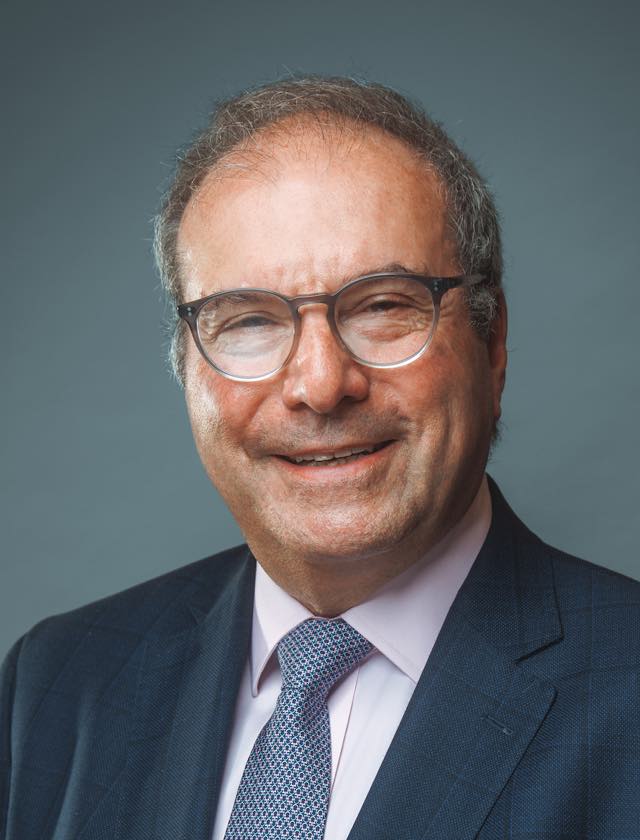

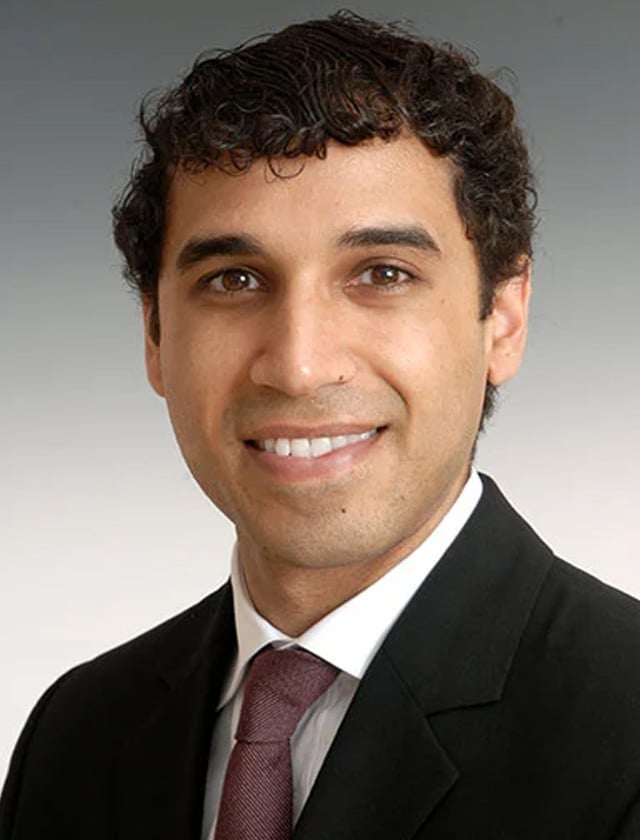


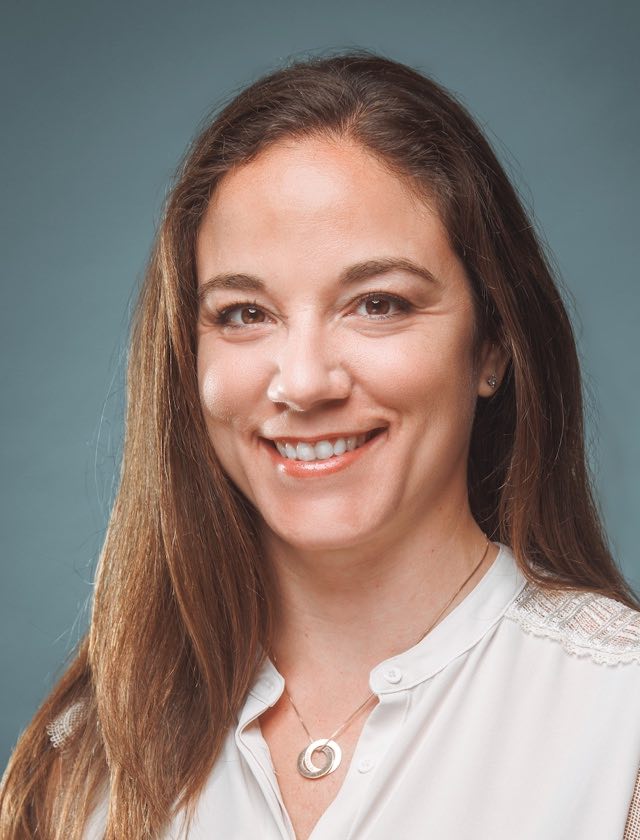


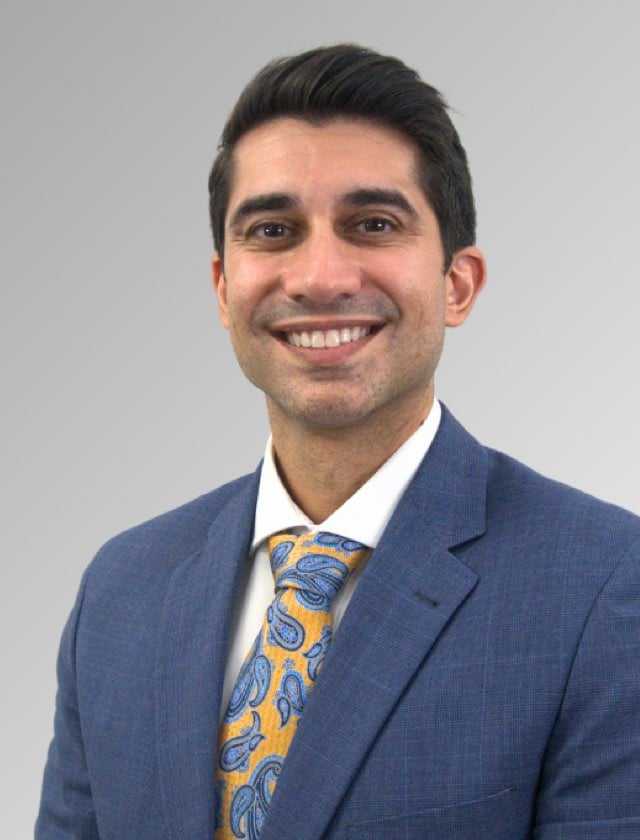

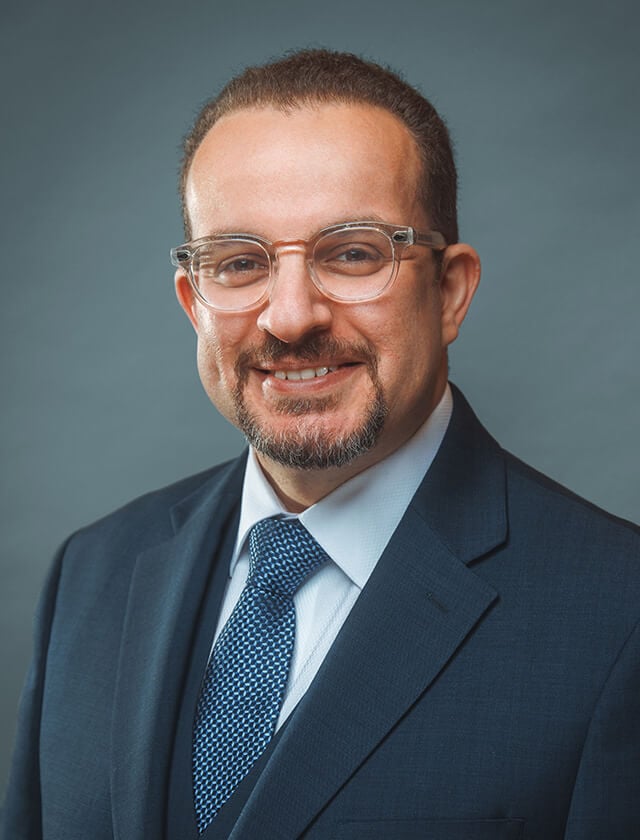
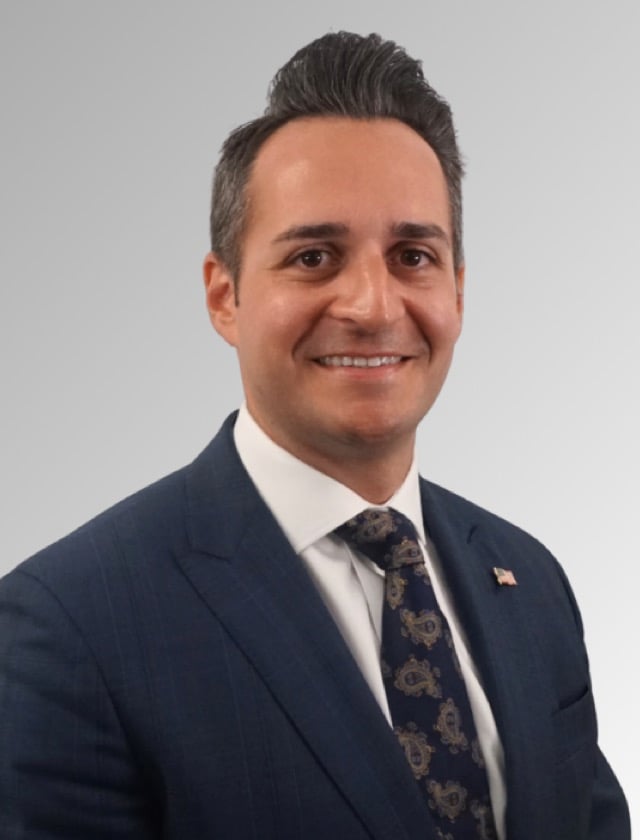









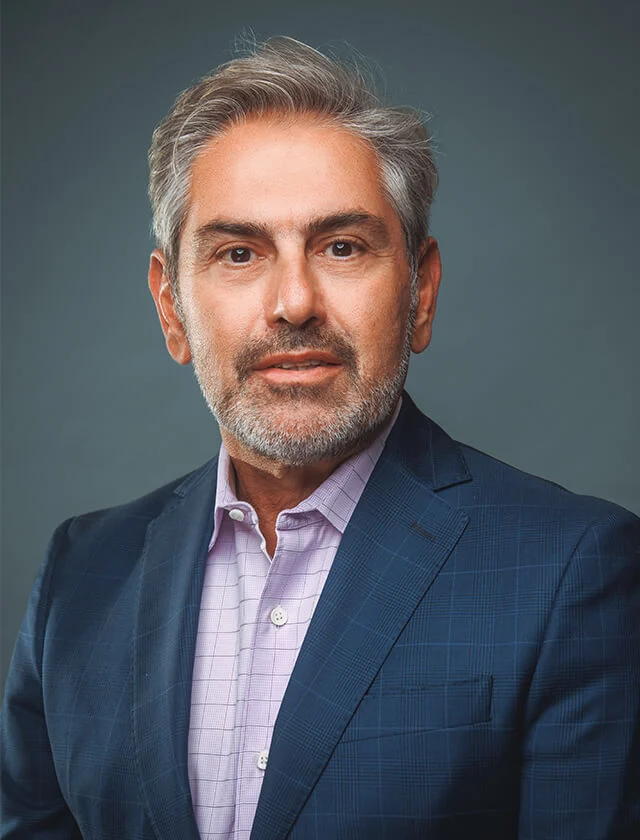

-1.jpeg)
